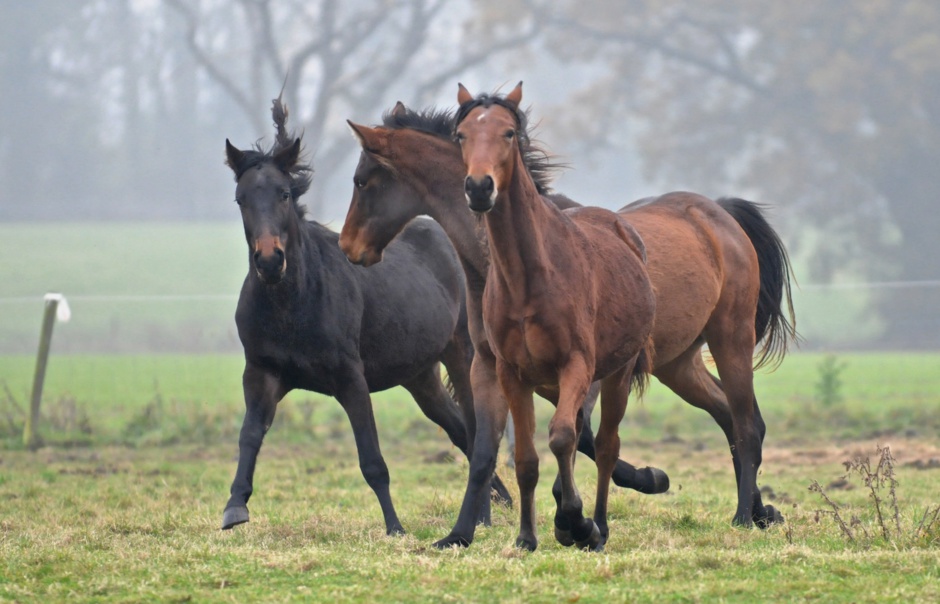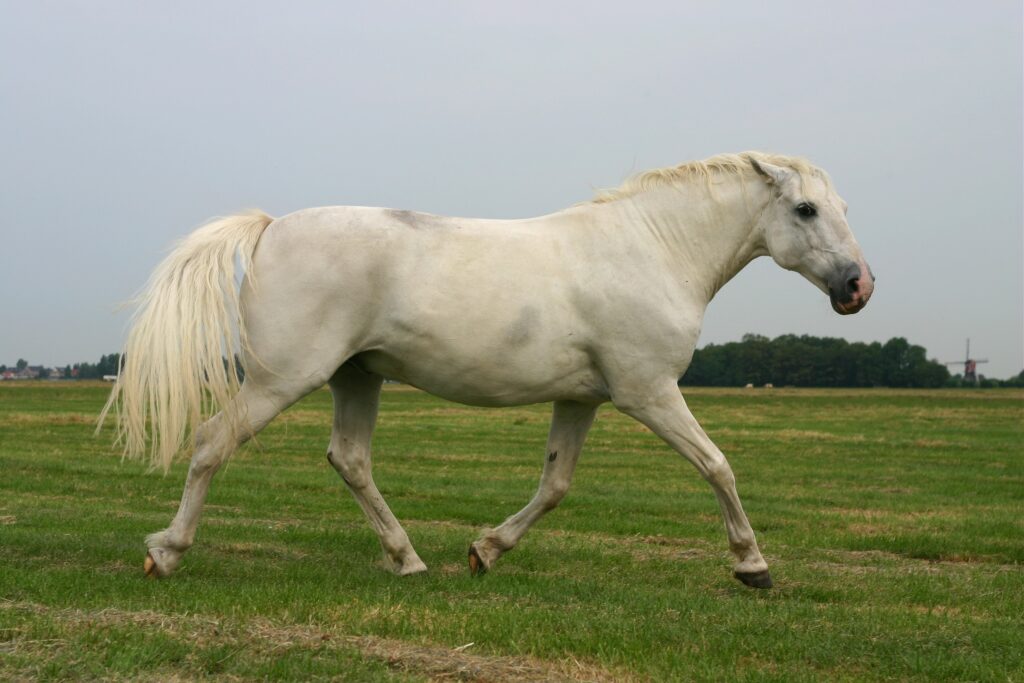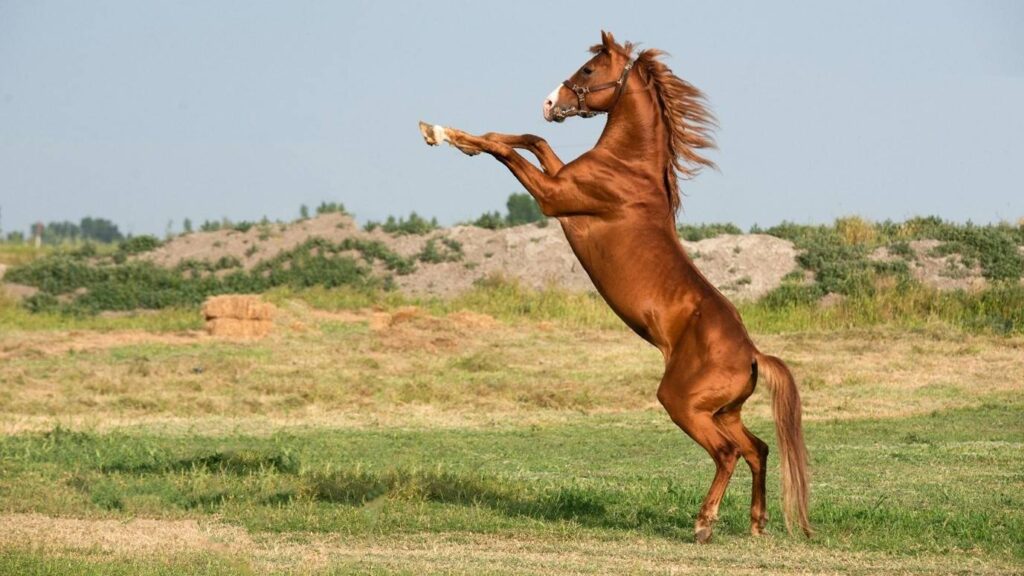Understanding horse body language is essential for anyone involved with horses, whether you are a seasoned equestrian or a beginner. Horses communicate primarily through body language, and being able to read their signals can greatly enhance your interactions and ensure a safe environment for both you and the horse.

The Importance of Understanding Horse Body Language
Recognizing and interpreting horse body language is crucial for safety and effective communication. Horses are prey animals, and their survival instincts are reflected in their body language. Misreading these signals can lead to dangerous situations.
Basic Signs of Horse Body Language
Horses use their ears, eyes, and body posture to communicate. Understanding these signals can help you better respond to their needs and emotions.
Ears – The Windows to a Horse’s Mood
Horses communicate a lot with their ears. Forward ears usually indicate curiosity or interest. Ears that are pinned back can signal anger or discomfort. Reading the ears can give you insight into a horses current mood.
Eyes – Mirrors of Emotion
A horses eyes can reveal much about how it feels. A relaxed horse will have soft, round eyes. If a horse is frightened or stressed, the whites of the eyes might be visible.
Body Posture and Movement
Body posture is another key aspect of horse body language. A tense or rigid stance may indicate fear or aggression, while a relaxed posture suggests contentment.
The Role of the Tail
A horse’s tail can also provide clues about its emotional state. A relaxed, gently swishing tail typically signals a calm horse, while a rapidly swishing tail might indicate irritation.
Facial Expressions
Facial expressions can also convey a horses feelings. For instance, a horse with flared nostrils may be anxious or excited.
Interpreting Vocal Sounds
While horses primarily communicate through body language, they also use vocalizations to express themselves. Whinnies, snorts, and neighs can all have different meanings, depending on the context.
Whinnying and Neighing
These sounds often indicate a desire for companionship or attention. Understanding these sounds can help you respond appropriately to your horse’s needs.
Snorting and Blowing
Snorting is often a sign of curiosity or relaxation, while blowing can indicate a release of tension. Recognizing these sounds can help you gauge a horse’s comfort level.
Building a Relationship Through Body Language
Understanding horse body language is not just about safety; its also about building a trusting relationship. By responding to your horses non-verbal cues, you can create a deeper bond.
Groundwork Exercises to Enhance Communication
Incorporating groundwork exercises can improve your communication with your horse. These exercises help establish respect and trust.
Training Techniques
Adopting effective training techniques can also enhance your understanding of horse body language. Training not only improves behavior but also strengthens the human-horse connection.
Conclusion
By learning to interpret horse body language, you can improve your relationship with your horse and ensure a safer, more enjoyable experience for both of you. This understanding allows you to respond to your horse’s needs and emotions more effectively, fostering a harmonious partnership.

FAQs About Horse Body Language
What does it mean when a horse pins its ears back?
When a horse pins its ears back, it often indicates anger or discomfort. Its important to assess the situation and respond appropriately to ensure safety.
How can I tell if my horse is relaxed?
A relaxed horse will have a soft body posture, relaxed ears, and often a gently swishing tail. Understanding these signs can help you assess your horse’s comfort level.
Why do horses snort?
Horses often snort as a sign of relaxation or curiosity. It can also be a way to clear their nasal passages. Recognizing this sound can help you better understand your horse’s mood.
For further reading on horse training and communication, you might find this external guide on horse training helpful.
This article contains affiliate links. We may earn a commission at no extra cost to you.







